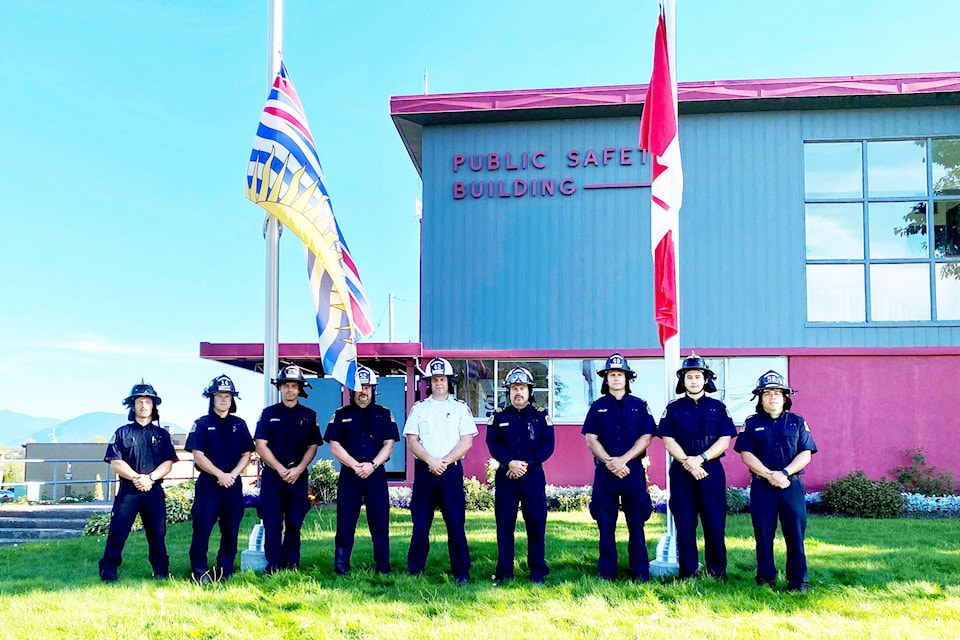Trying to balance community expectations, the Kitimat Ambulance and Fire Department is beginning to face employee burnout with a 57 per cent increase of emergency calls compared to last year.
“For us, it’s extremely busy and it’s something we’ve never seen nor really had to deal with. We’re trying to juggle that employee burnout with the demands itself,” Kitimat Fire Chief Trent Bossence said.
The Kitimat Fire Department already has a hefty workload because the ambulance service also runs out of the fire hall. Meaning all Kitimat Fire and Rescue Service employees are both firefighters and primary care paramedics.
And now with this spike in emergency calls, the workload for Kitimat first responders has drastically increased with many of them pulling overtime on longer than normal shifts.
Though the department expected it to get busier around this time of year, they didn’t anticipate the monthly call volume of June to almost double as the department saw 249 emergency calls this month, 121 more calls compared to June last year.
“There are always those days that we struggle to get enough personnel when it’s really busy, […] there are days we’re running 10 to 14 calls a day per shift. So that’s either a 10 hour day or a 14 hour night for the workers,” Bossence said.
“We end up having to backfill, so we staff to a certain number during the day and night and when those individuals on shifts go out on calls, we have to call in others from home in to backfill, to keep our response numbers where they’re supposed to be kept at,” Bossence said.
However, Bossence said that the department is filled with a dedicated group of people that do the best they can to come in and help out even when they’re off-duty.
“We’re trying to encourage staff not to come to the hall if they don’t have to because a lot of them play other roles within the community. […] but there’s only so much you can do because we operate 24/7,” Bossence said.
“Other places with larger communities, that have the same model, have multiple halls they can draw from to give workers a bit of a break, but there’s just us here and there’s still that expectation and a big demand on our crews.”
Another challenge the department is currently facing is that the fire hall is at capacity, making it difficult to try and hire more staff because there’s not enough room for them at the hall.
“We’re going to be doing a hire here in the next couple of months, but just to replace a couple of workers that have moved onto other jobs or departments,” Bossence said.
As the Terrace Fire Department is also facing similar challenges, Bossence said they are going to watch what the neighbouring department’s plans are and go from there.
From January to June in 2020, the department received a total of 944 calls, whereas, from January to June in 2021, the department received a total of 1271 calls.
Kitimat is a one-of-a-kind community in terms of pre-hospital medical services because the BC Emergency Health Services does not contract out any paramedic work in a collective agreement with the union, CUPE Local 873, except for Kitimat who they contract services to for pre-hospital care.
READ MORE: Know how to evacuate in event of a fire, say B.C. emergency management officials
